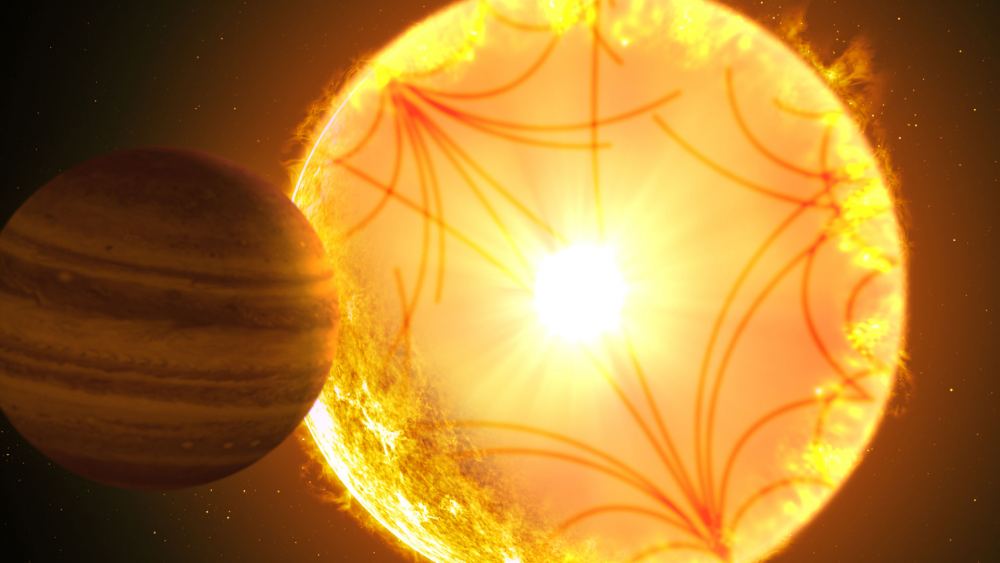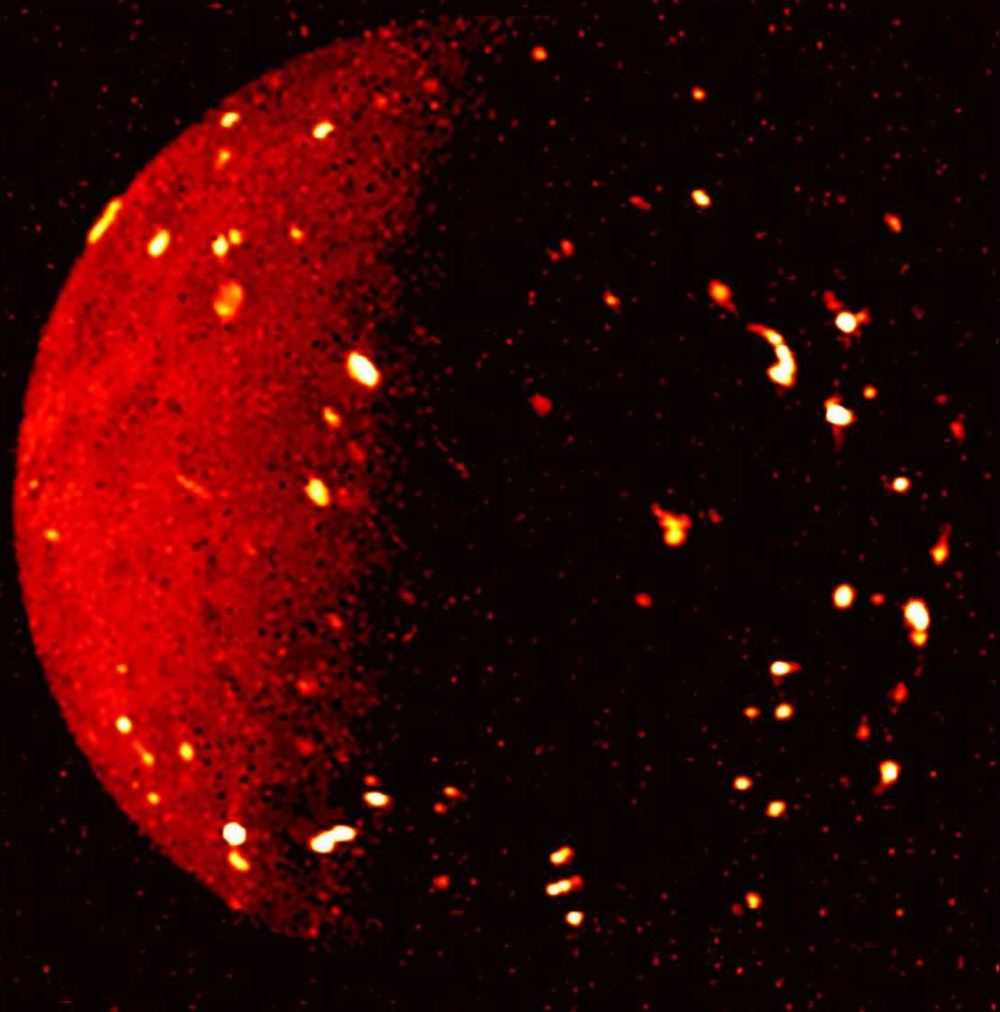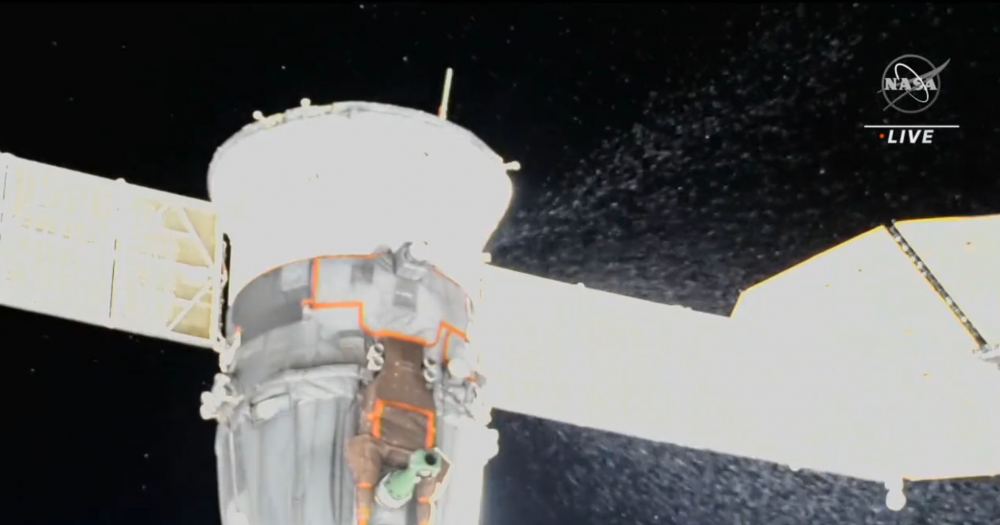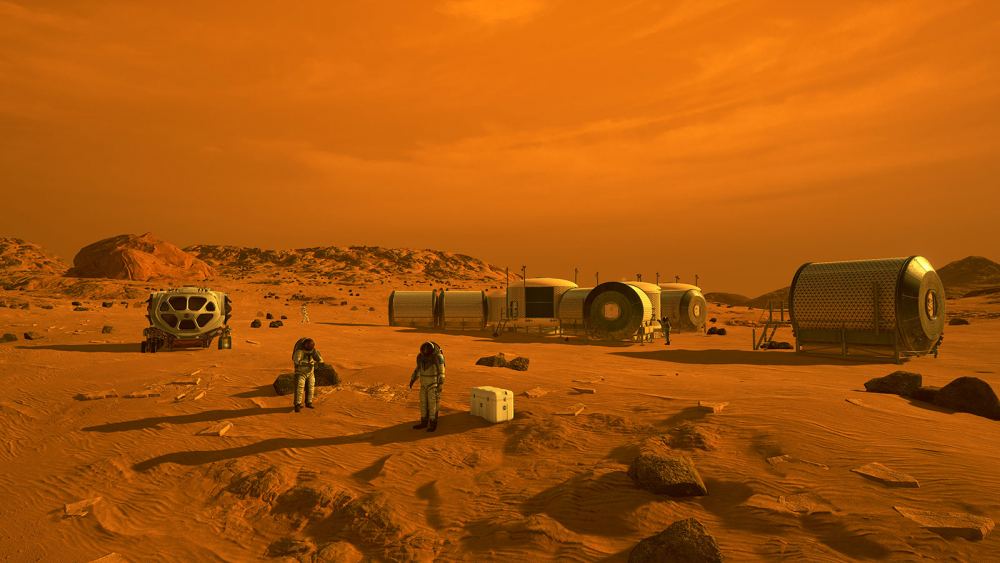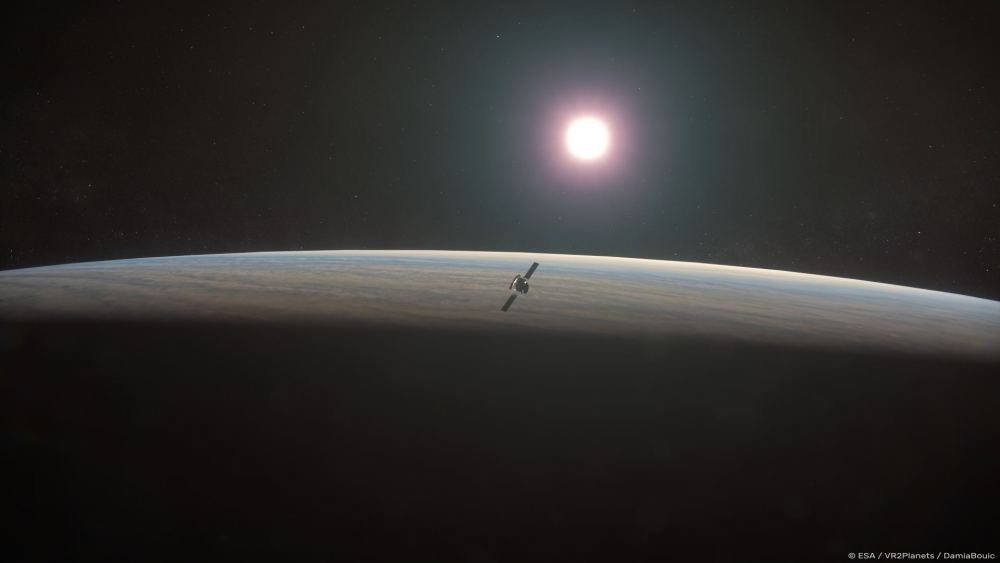The cosmic zoo contains objects so bizarre and extreme that they generate gravitational waves. Scorpius X-1 is part of that strange collection. It’s actually a binary pair: a neutron star orbiting with a low-mass stellar companion called V818 Scorpii. The pair provides a prime target for scientists hunting for so-called “continuous” gravitational waves. Those waves should exist, although none have been detected—yet.
Continue reading “Soon We’ll Detect Extreme Objects Producing Gravitational Waves Continuously”Soon We’ll Detect Extreme Objects Producing Gravitational Waves Continuously
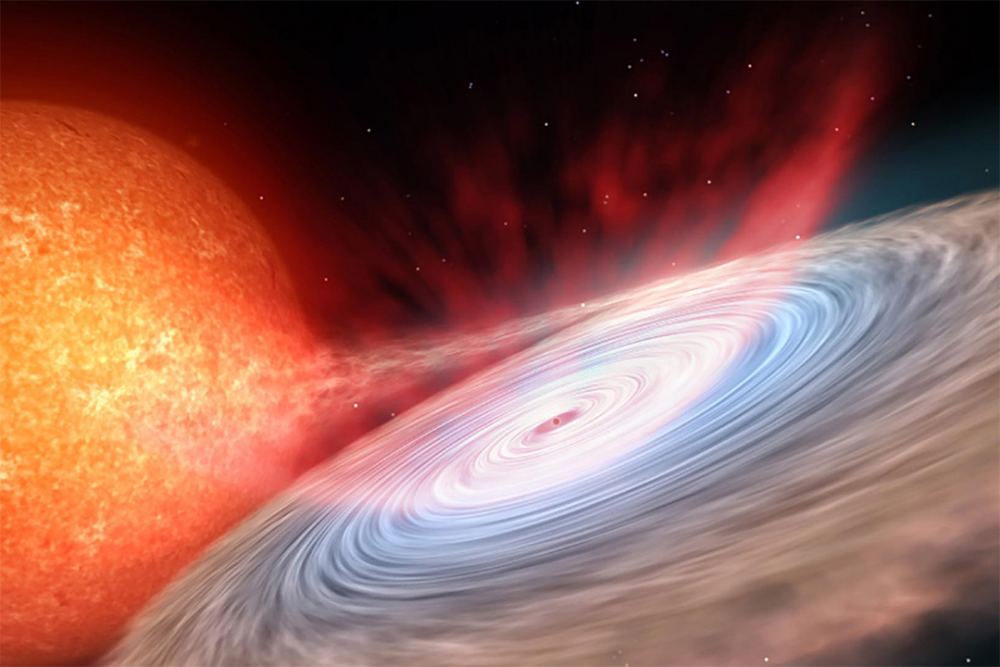

![This illustration shows the Milky Way galaxy's inner and outer halos. A halo is a spherical cloud of stars surrounding a galaxy. (Image Credits: NASA, ESA, and A. Feild [STScI])](https://www.universetoday.com/wp-content/uploads/2023/01/STScI-01EVT45HQKNHQRSF0EYER8XWF3.jpg)



